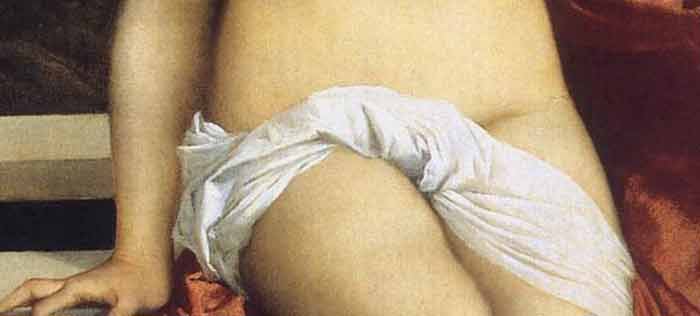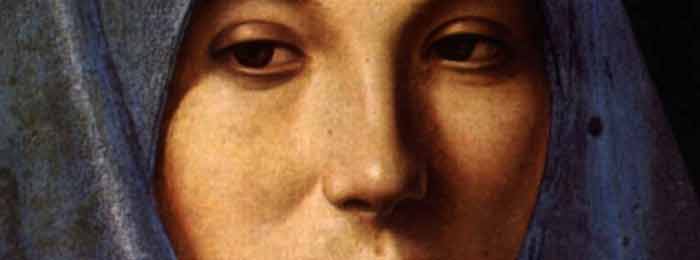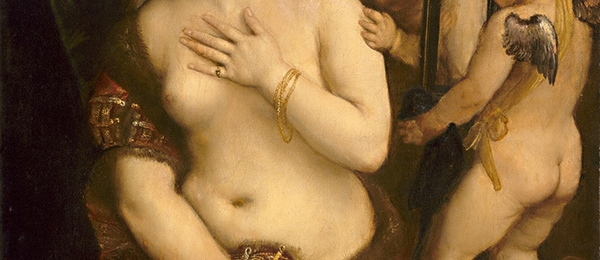On 24 Jun, 2014 With
Titian and Giorgione were foremost among the pioneers of what we now call the Venetian Method of oil painting. The Venetian Method, or Venetian Technique, borrowed heavily from the Flemish Method, which saw the application of transparent glazes for the shadows, greater contrast between dark and light areas, and opaque highlights. The Venetian Method, however, deviates in some key areas, adding its own take on the Flemish process. While the glossy finish of the Flemish Method was ideal for small wood panels, on large paintings it was distracting and decidedly “overkill”; ergo, Titian refined the painting process to produce a less reflective surface. Most probably, he cut out sheen-enhancers like polymerized oils, balsams, and resins, and replaced them with…
Read More
On 17 Jun, 2014 With
Oil painting in its first form evolved from an earlier discipline known as , and was an attempt to overcome the severe limitations of that medium, such as a lacklustre finish and too-rapid drying time. Developed originally in Flanders, the method became known as the “Flemish Technique.” This method of painting requires a rigid surface on which to work, one that has been primed pure white, as well as a very precise line drawing. The line drawing was transferred to the white surface by perforating (tracing, in essence) the drawing along its lines. Once this transfer was complete, the resulting lines were enhanced with ink or viscous paint (using either a pen or finely pointed sable brush). The drawing was…
Read More
On 10 Jun, 2014 With
Modern painting methods are far more rapid and direct than those used by the “old masters,” and as such, make replicating the works of these great artists a challenge, even when we render each colour and tone as closely as seems possible. The transparency and luminosity that was created by the heavily layered techniques of the old masters is found lacking regardless of one’s efforts to recreate colour and tone. This mysterious challenge invariably proves very frustrating when attempting to copy Renaissance art, with our current methods always producing something that appears heavy and overly opaque by contrast. Some have attributed the wondrous lustre and more translucent look of the old masters’ work to time, but that is not…
Read More




